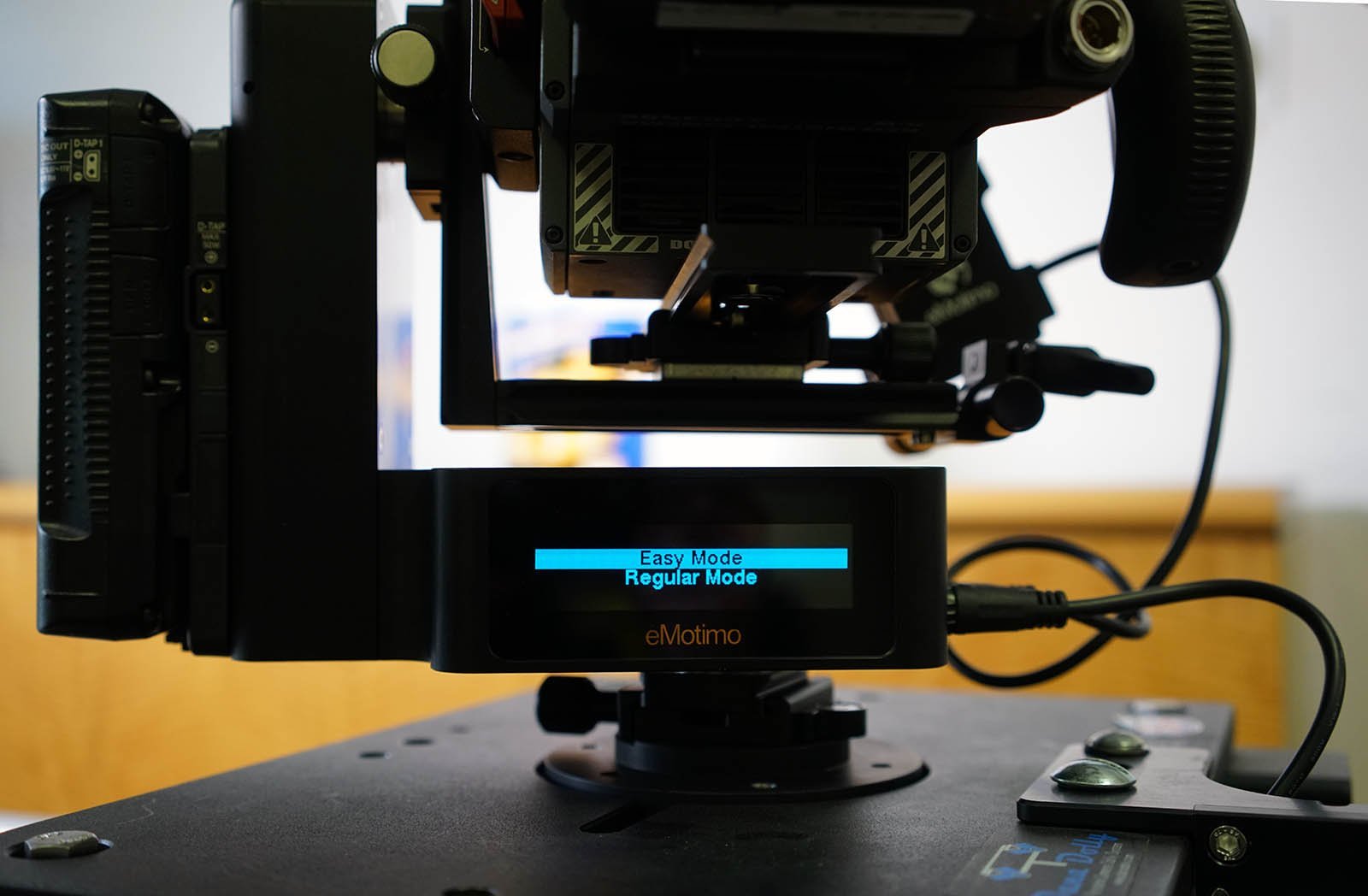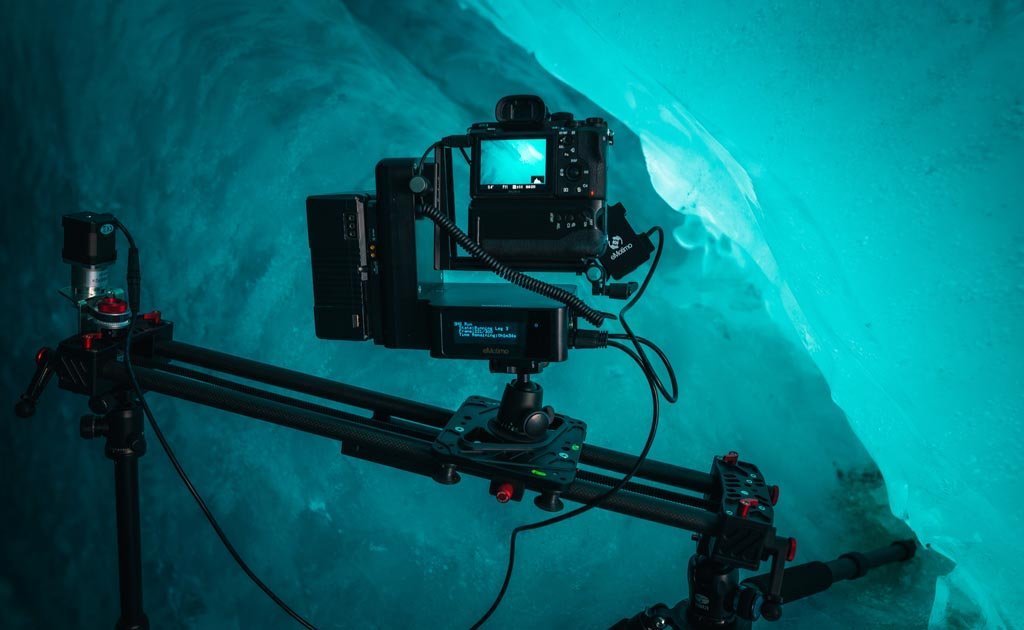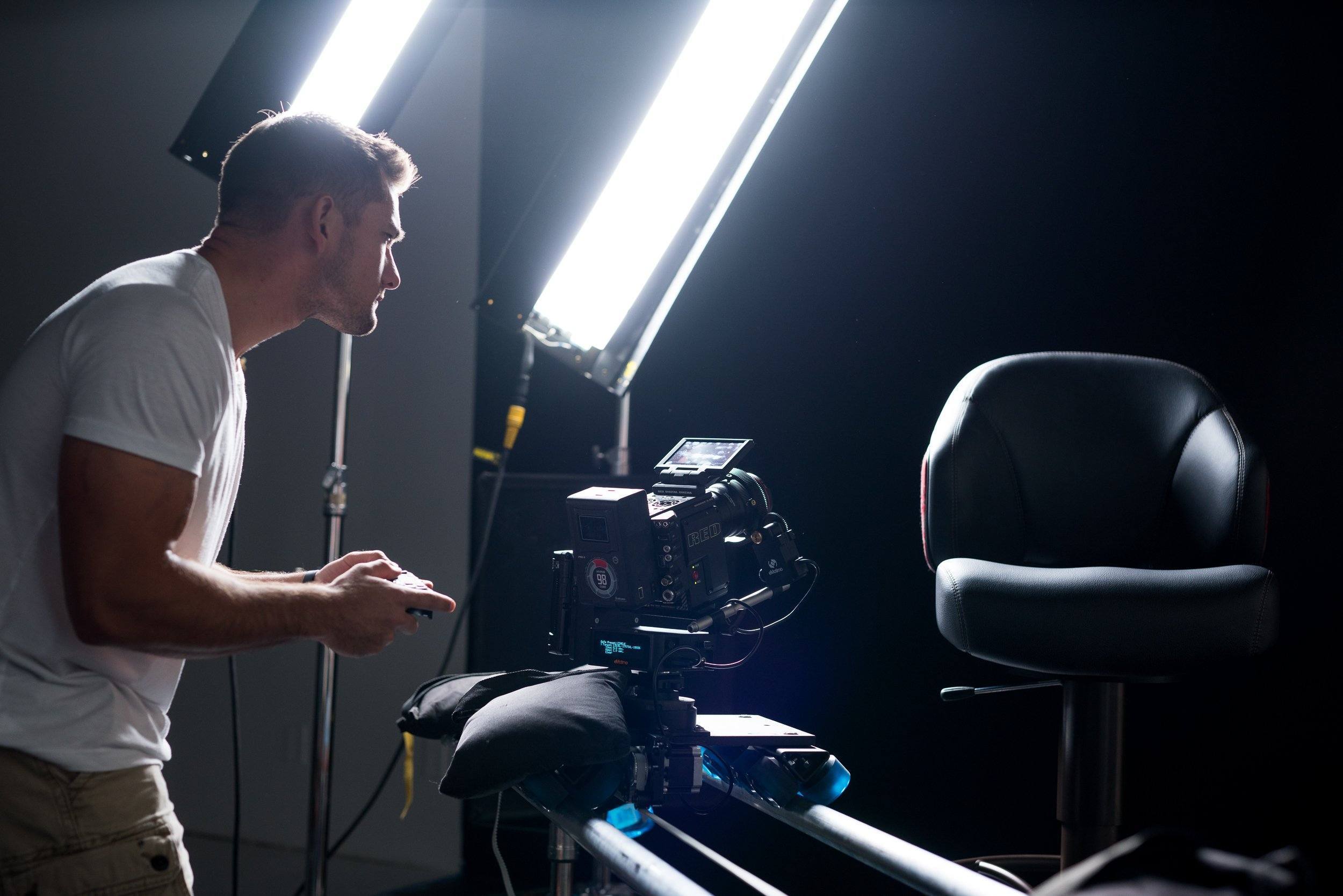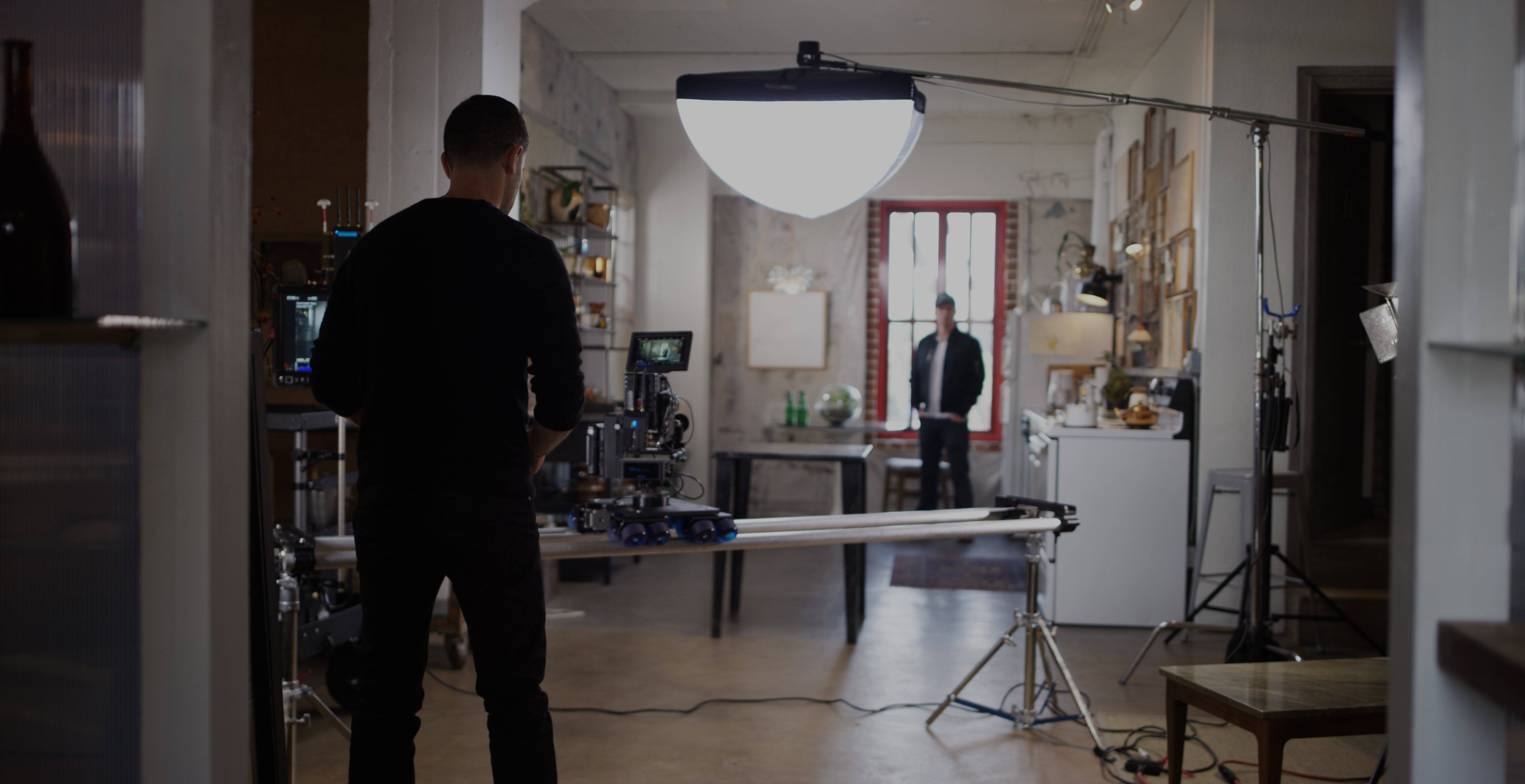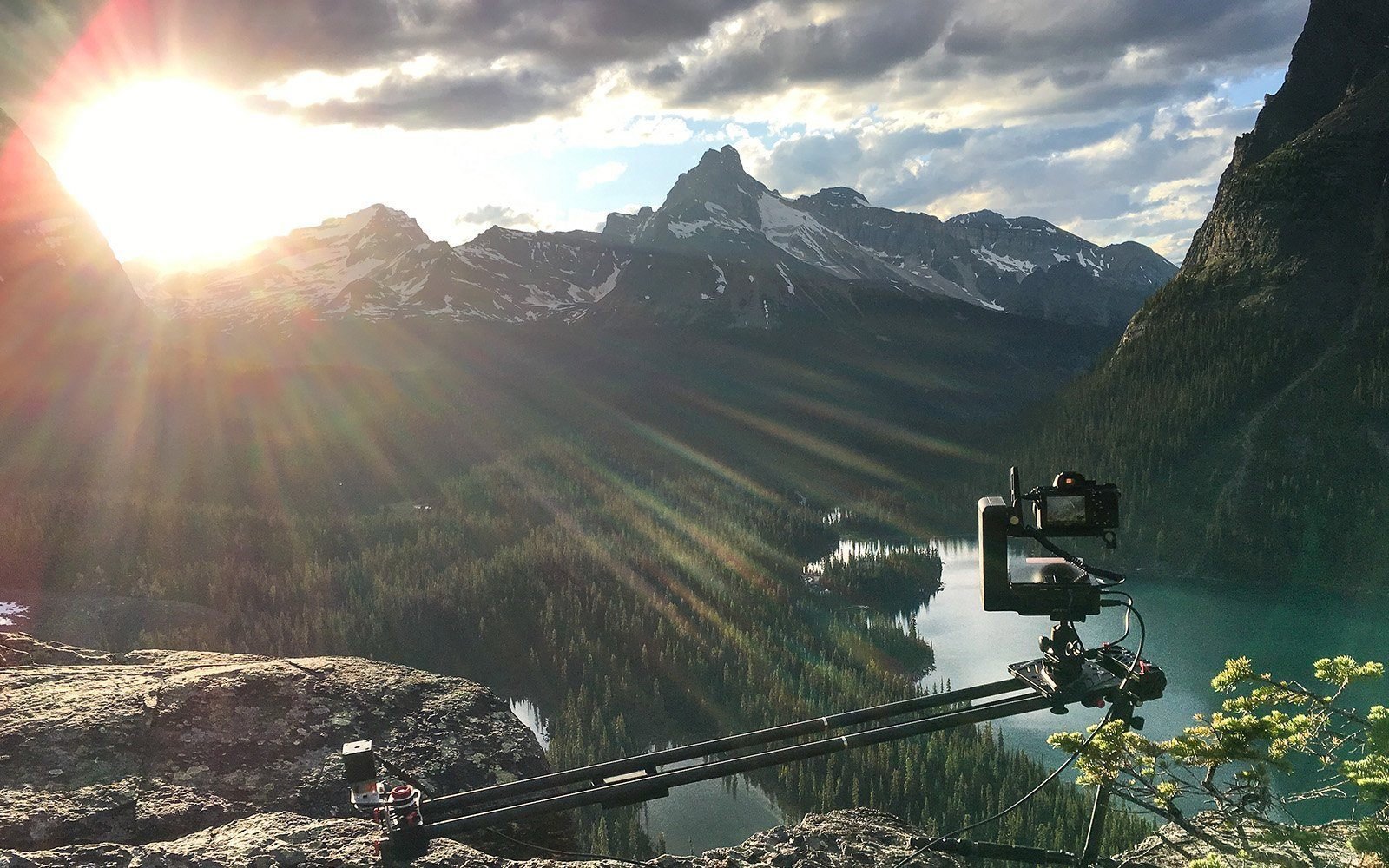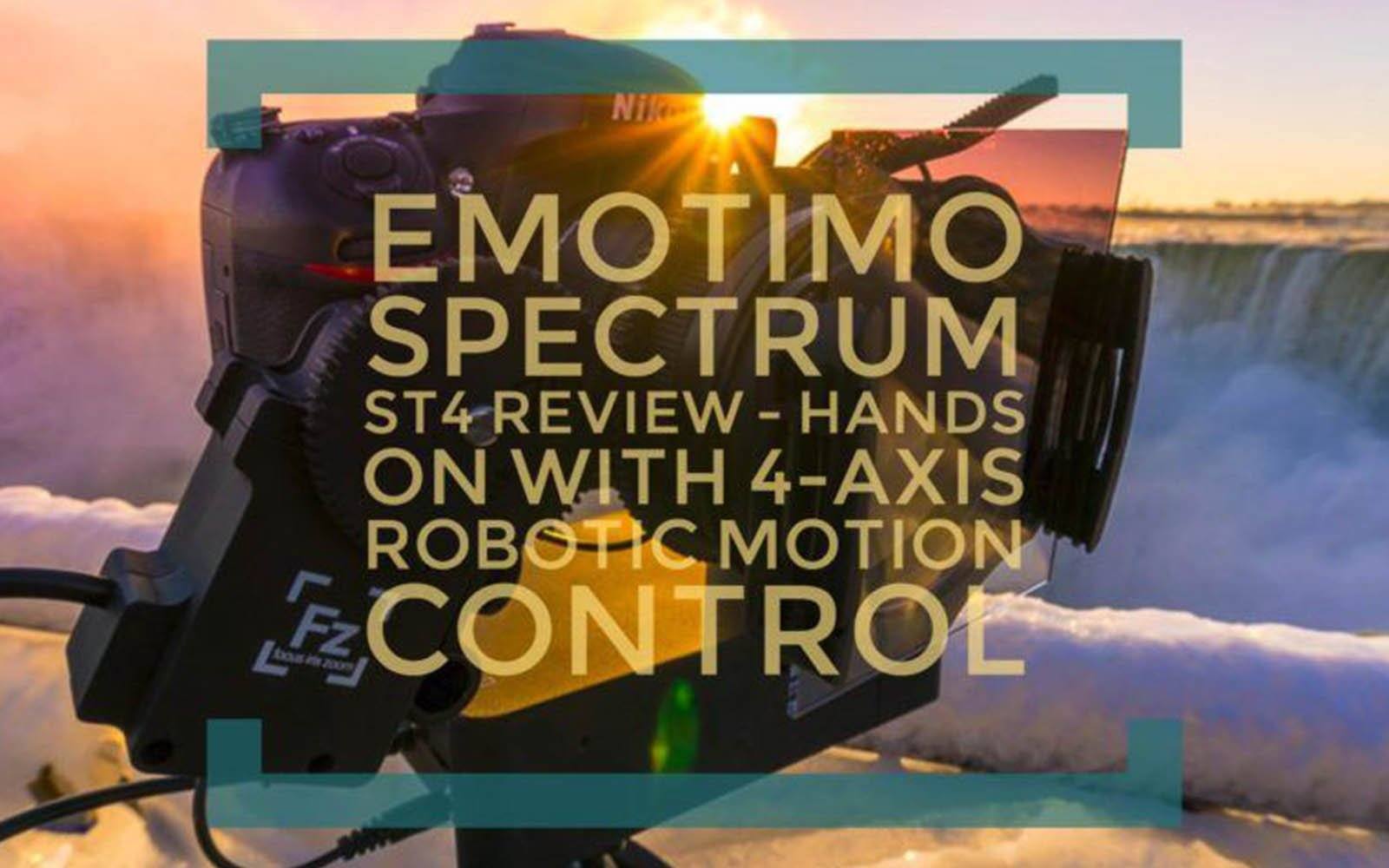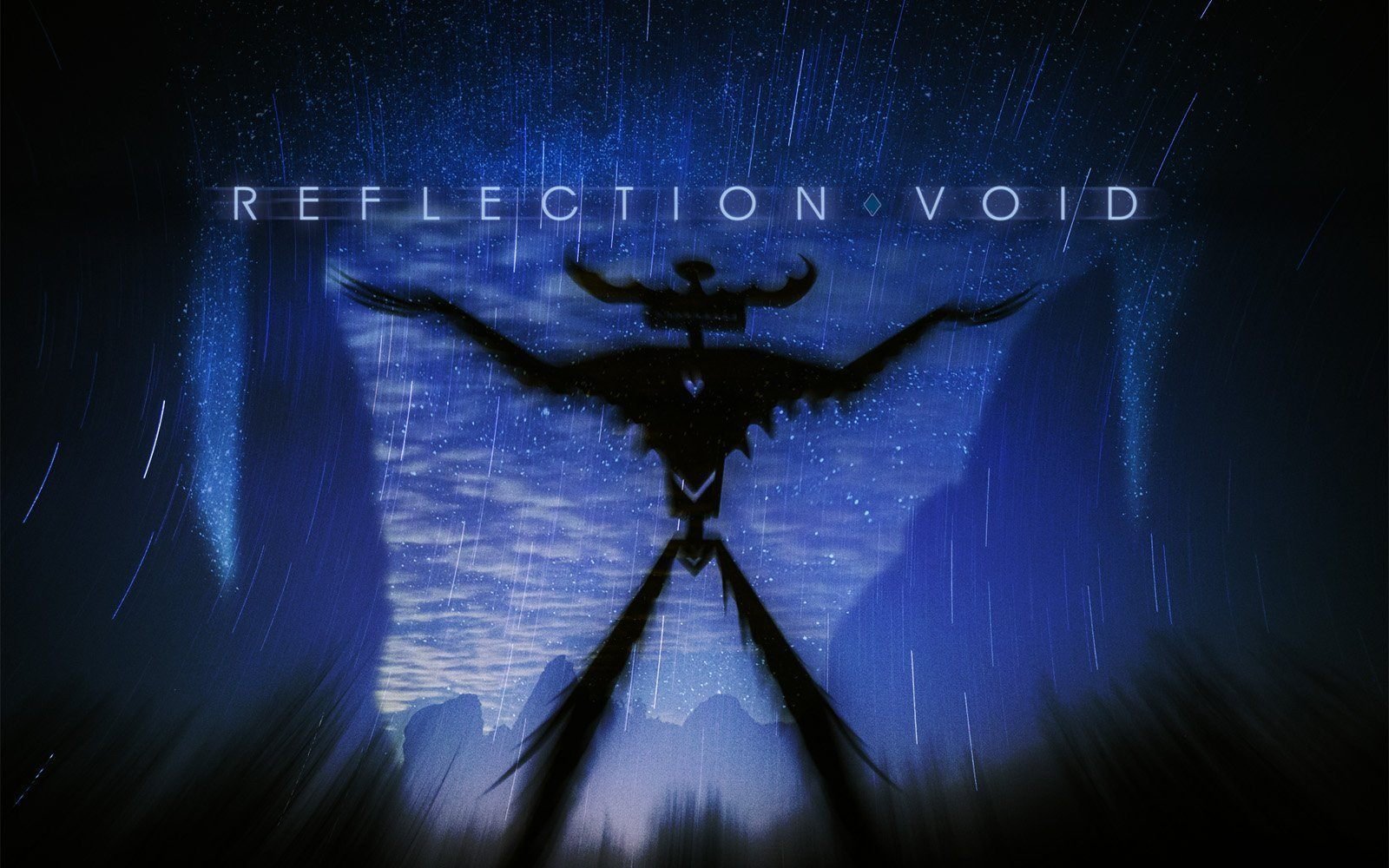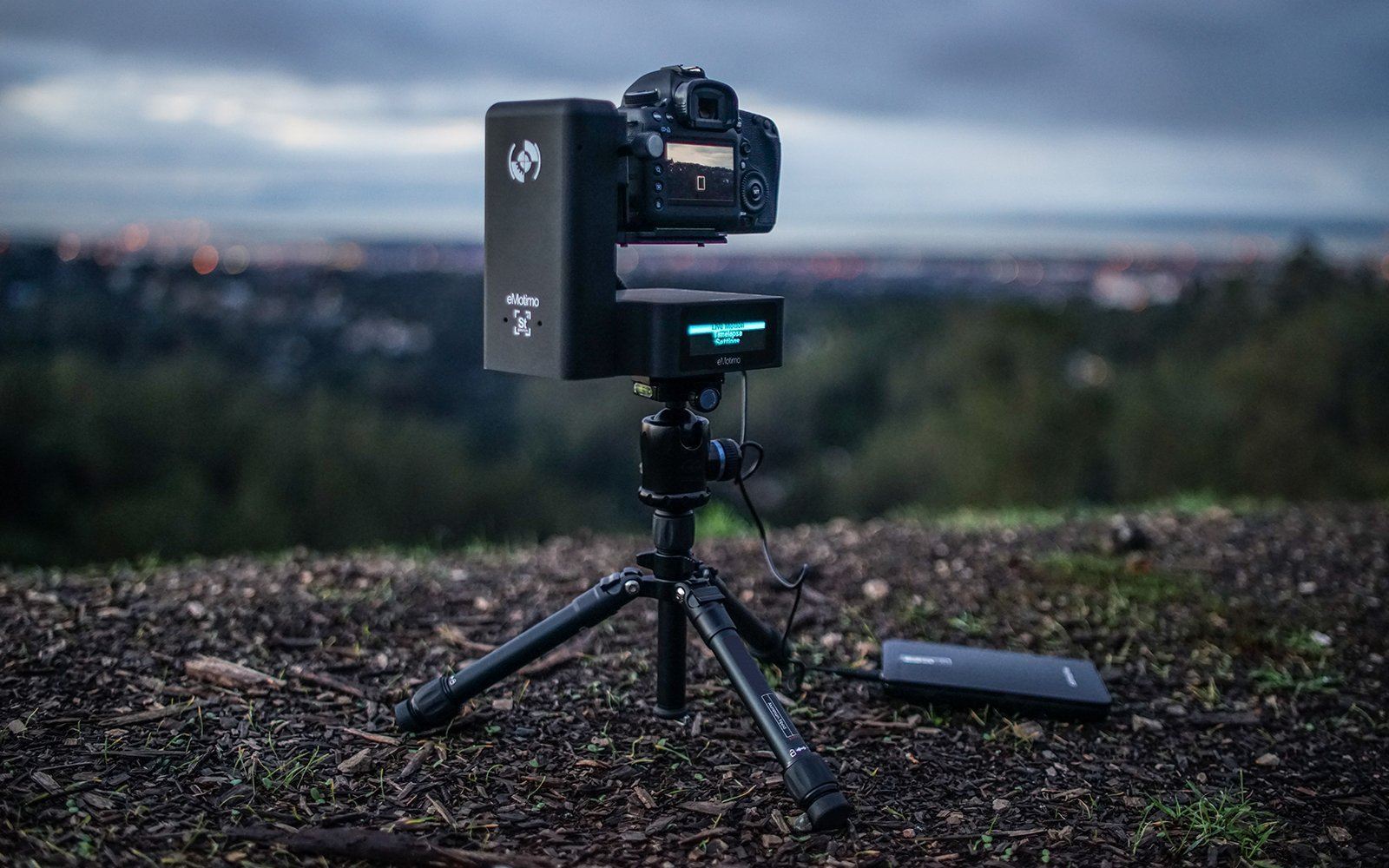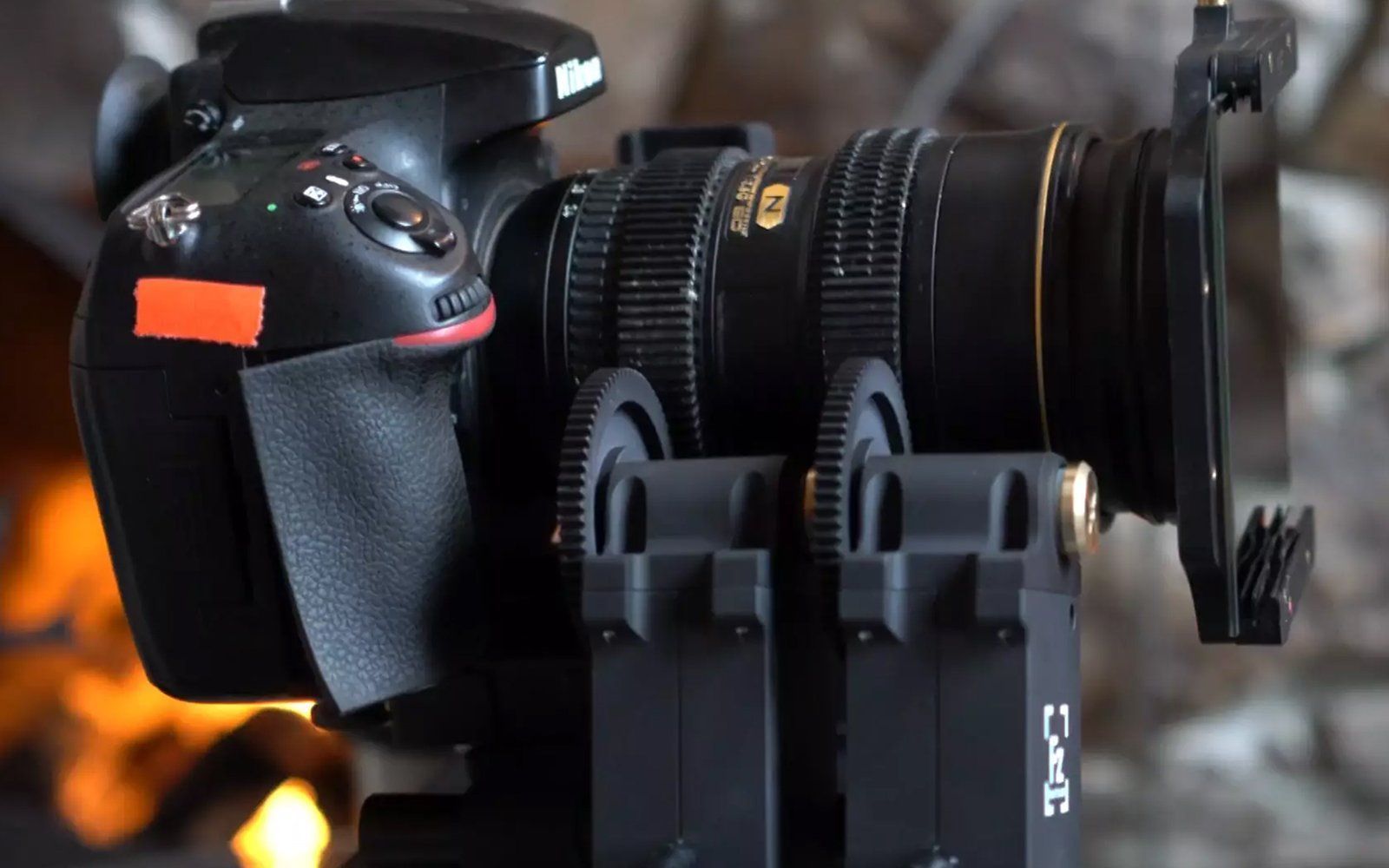News
- All
- 4 axis
- alive
- All Quiet on the Western Front
- AutoDolly
- AutoPan
- awards
- Backlight
- beltless
- bugs life
- clone
- cloning
- Controller
- Dana Dolly
- danadolly
- DDV3
- easy
- easy spectrumst4
- Focus
- ifootage
- infocomm
- inspiration
- interview
- Monorail
- multipass vfx
- Passport
- Product
- reddot
- Robert Hollingworth
- run and gun
- SA2.6
- spectrum ST4
- spectrumst4
- staff pick
- Stand Alone
- timelapse
- user footage
- VFX
- by Brian Burling
Part of the magic of a good piece of tech is making difficult things really easy. We love the details and giving users options, but if you are in a hurry for an interview and don't want to have to think about which motor profile to use, or what your ramp should be, or darn it, I have focus changes that are light, but there, how many keyframes should I add . . .
- by Brian Burling
Behind the Scenes of HIGHER GROUND with Flo Nick
Flo Nick out shooting his latest piece - HIGHER GROUND
plus
BTS Video of the shoot.
- by Justin Majeczky
Making the mundane look sexy and making money while doing it.
Professional product shooters take note. This is an example of how to pay off a 4 axis motion control rig in two, half day shoots. Oh, you have fun doing it too!
- by Brian Burling
Create commercial quality visual effects faster, and more easily than ever with the spectrum st4. Repeatable camera movement is a powerful tool that is only accomplished by a computer controller motion control rig. Repeating that motion perfectly, pass, after pass...
- by Brian Burling
Shooting 'ALIVE' with Flo Nick
Interview with the artist ALIVE | Canada 4K from Flo Nick on Vimeo.We don't often loan out kits to unproven relationships, but with Flo reached out and told us what he wanted to do and where he wanted to do...
- by Brian Burling
DIY Photography spectrum review
We love having our products reviewed. Check out what DIY photography has to say about spectrum ST4. Full review here.
- by Brian Burling
Part timelapse, part experimental short film, part beta testing mission
ReflectionVOID is a film that pushes the aesthetics and technical boundaries of timelapse using the spectrum ST4 *Recommended: dark viewing environment / 4K or HD resolution / quality sound Interview with the Artists: Lance Page and Jesse Clark Q: What was the initial impulse...
- by Brian Burling
During long exposure nighttime shots, blocking out any unwanted light is very important. We understand that and we’ve put in new brightness settings on spectrum ST4 to help with that. The eMotimo spectrum ST4 is a 4-axis motion controller with...
- by Brian Burling
Focus zoom from eMotimo on Vimeo. 4-axis move tests with the eMotimo spectrumST4 and two Fz motors – pan, tilt, focus, and zoom all controlled simultaneously with the wireless gaming controller. The eMotimo spectrum st4 is a 4-axis motion controller...

